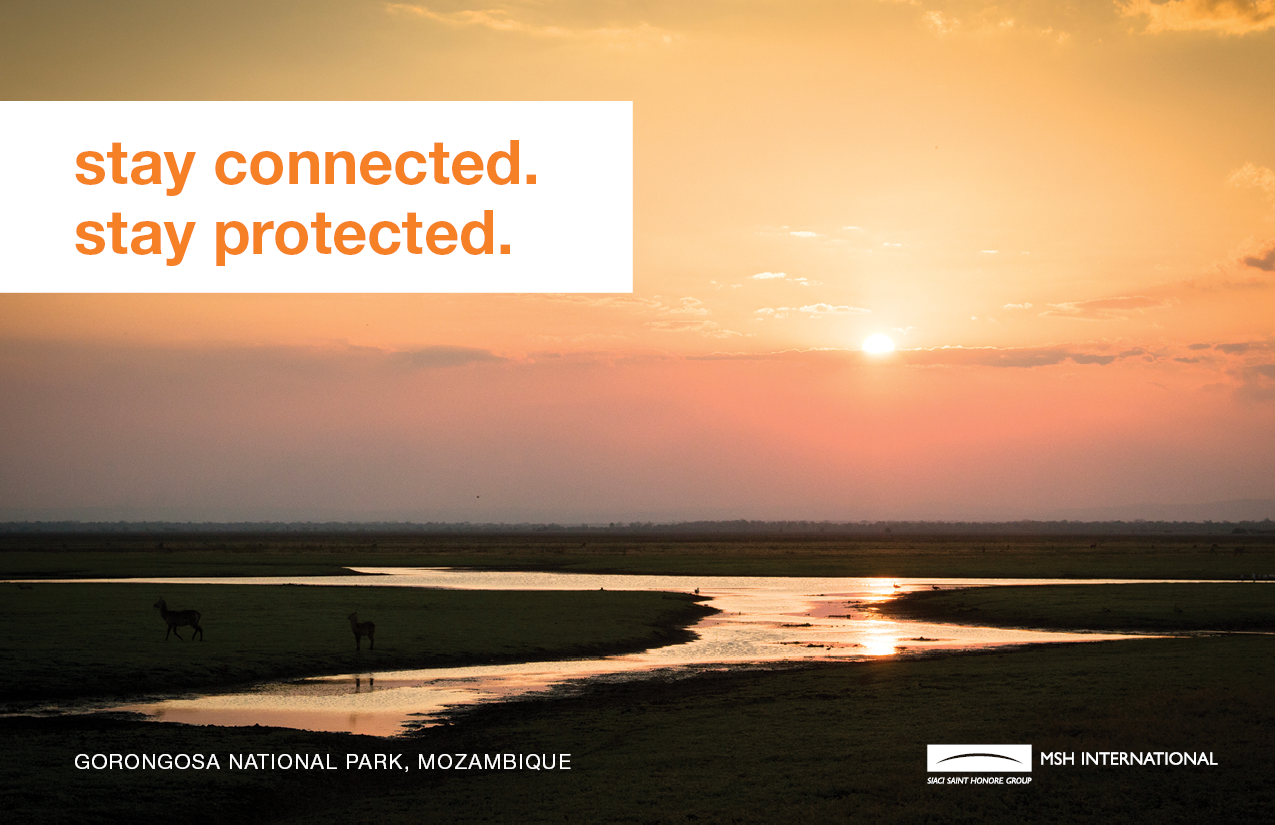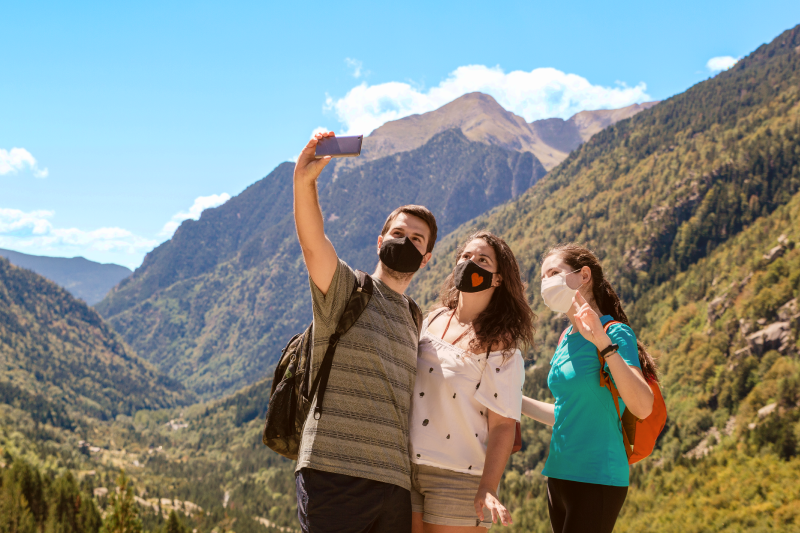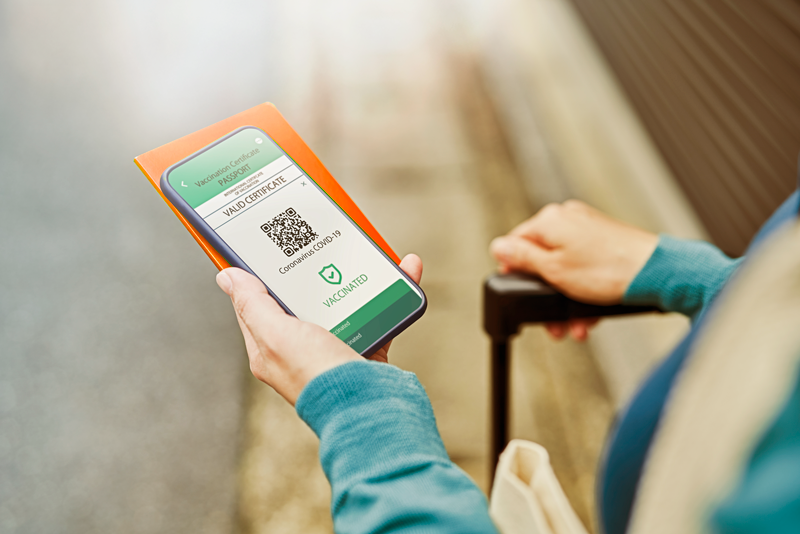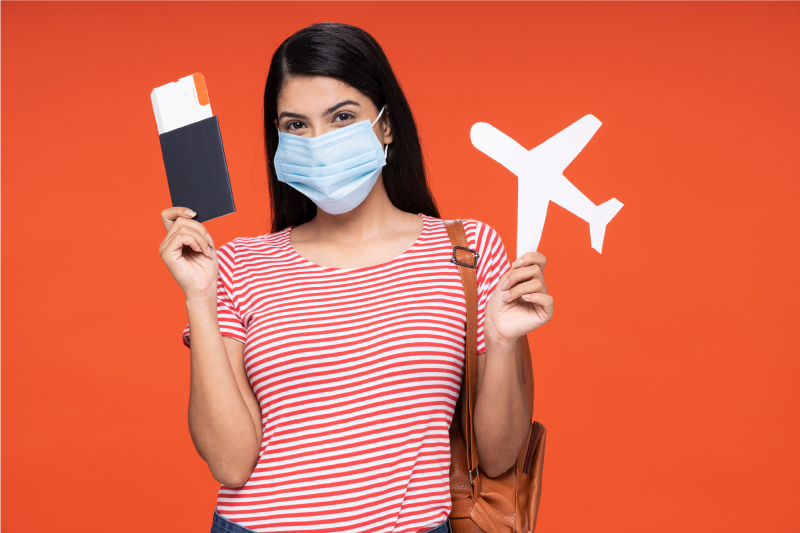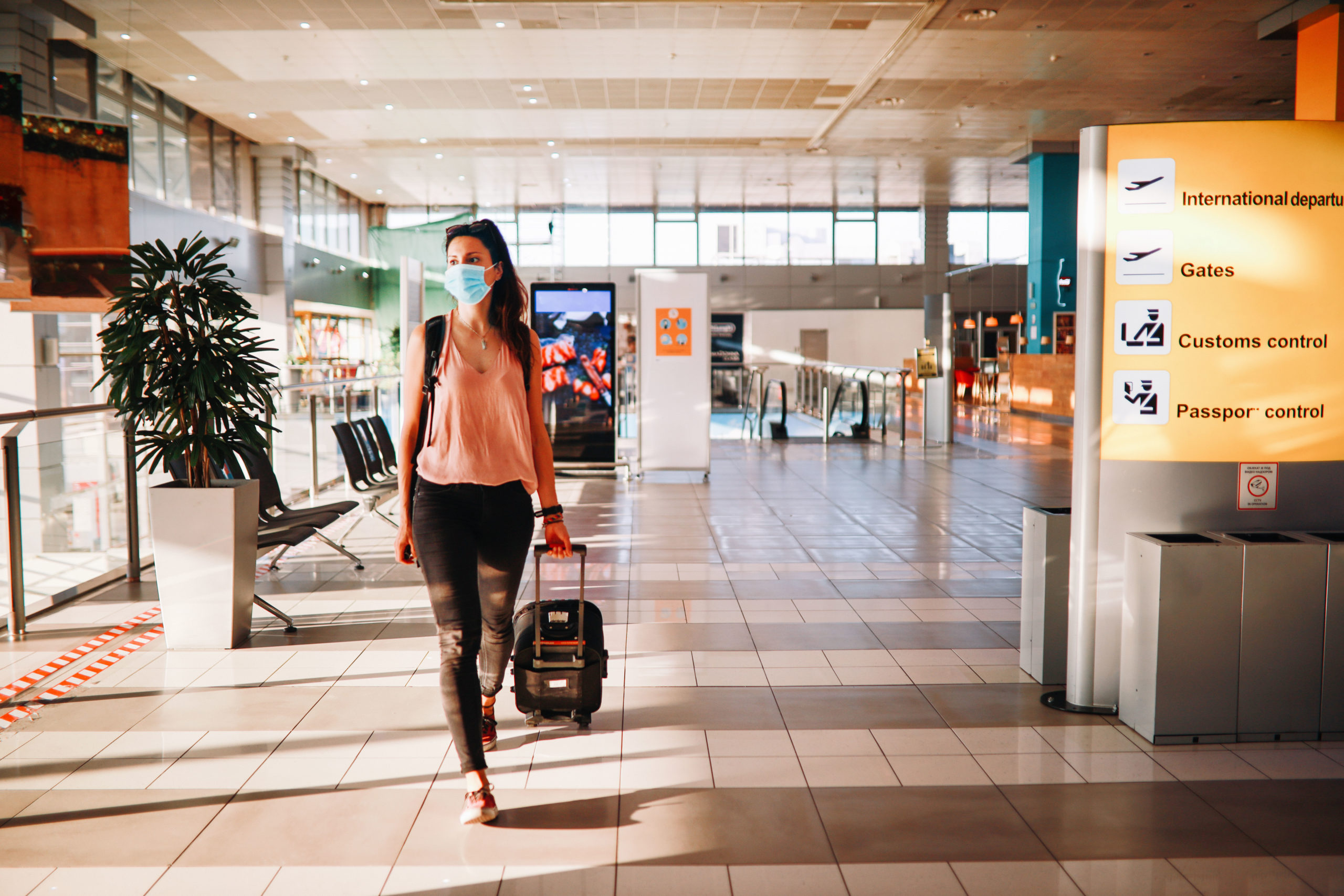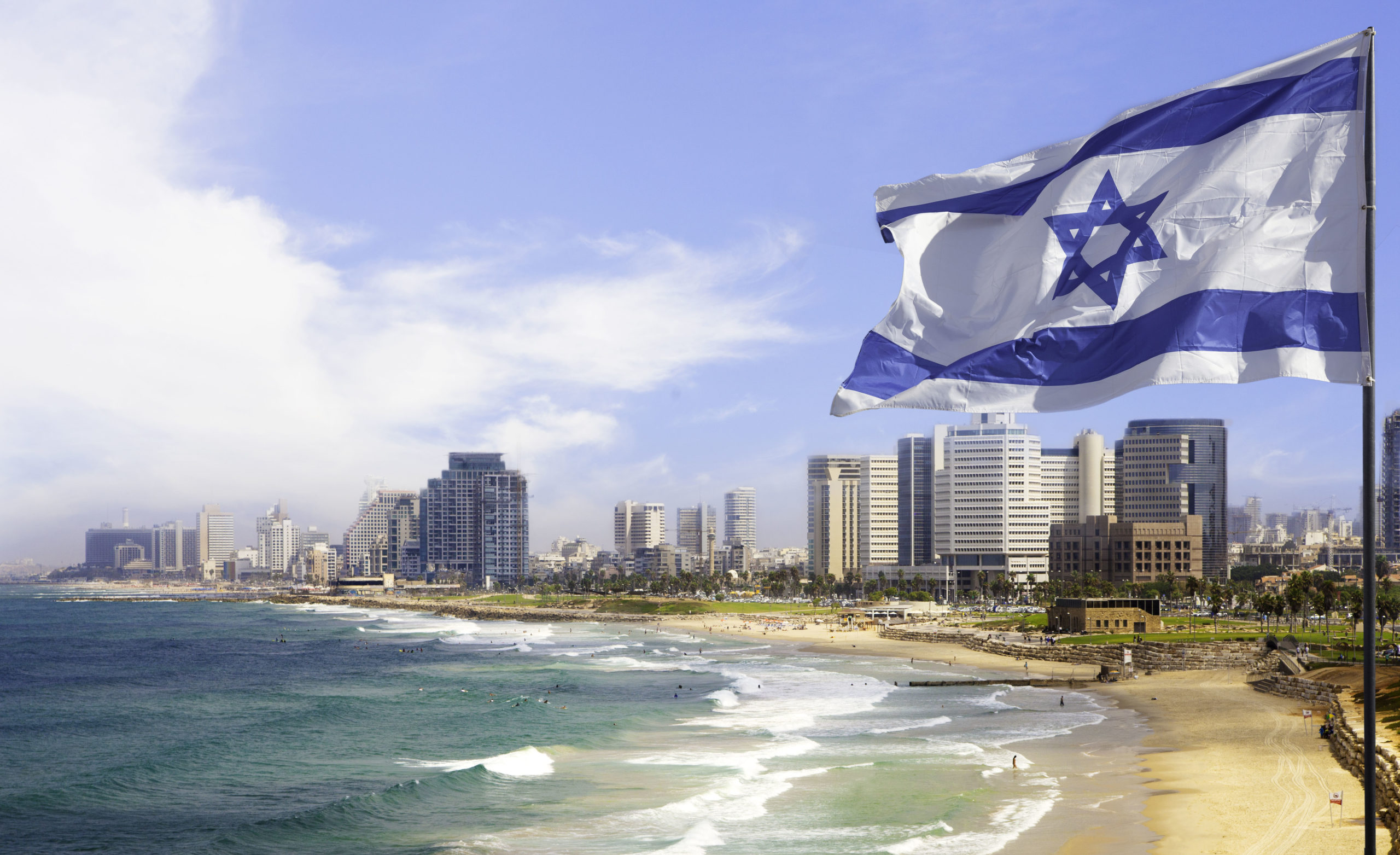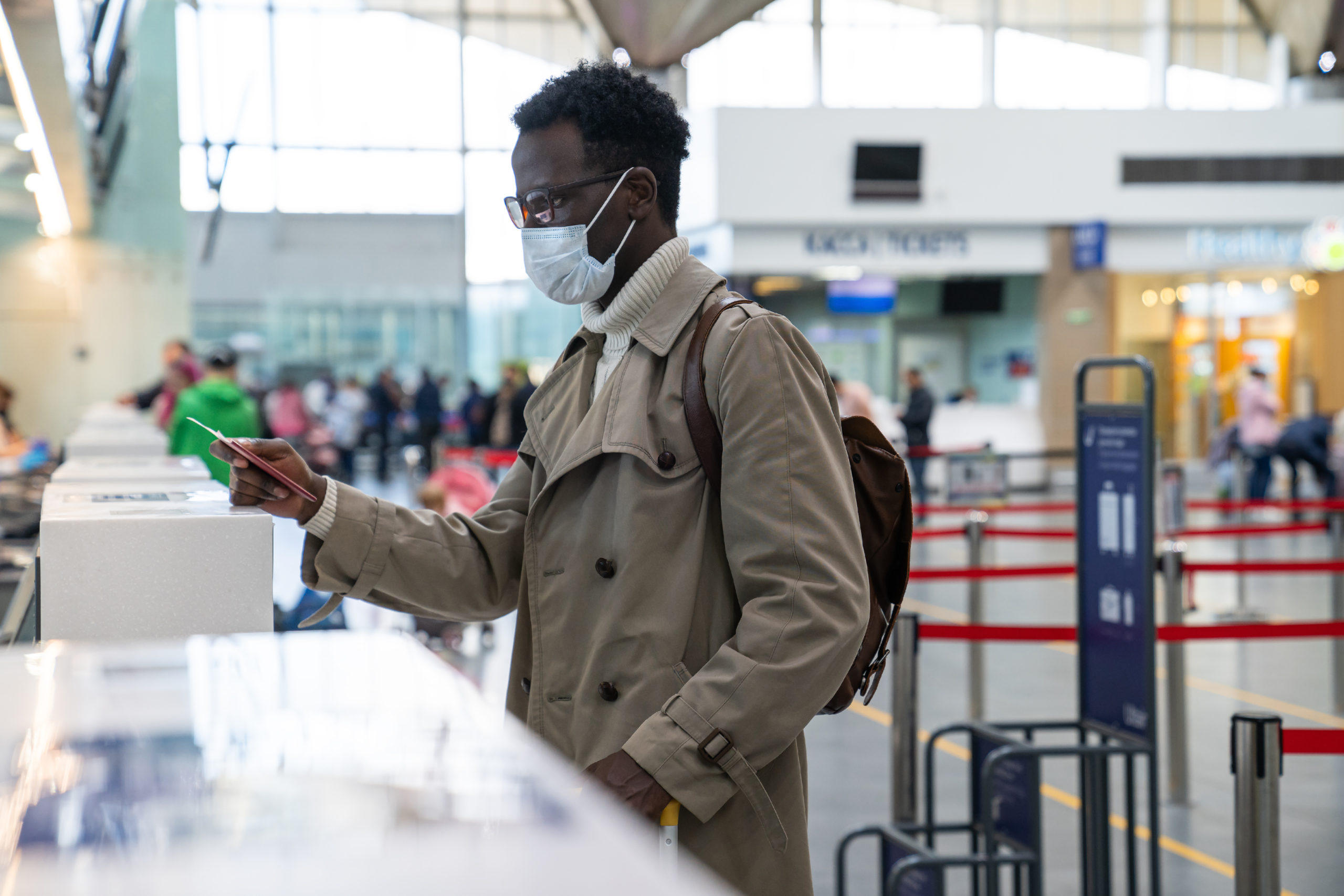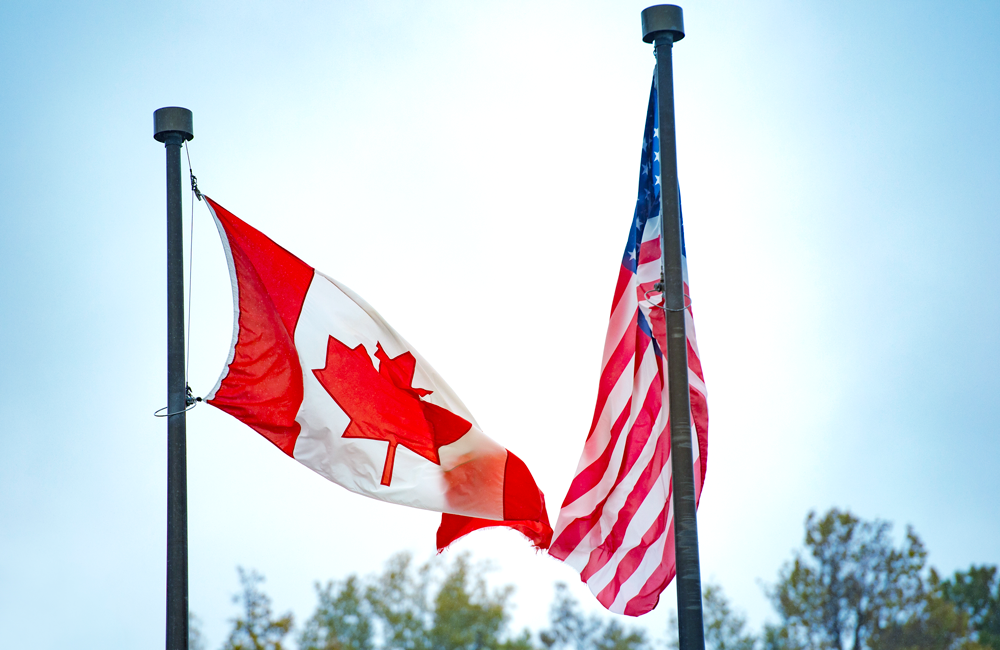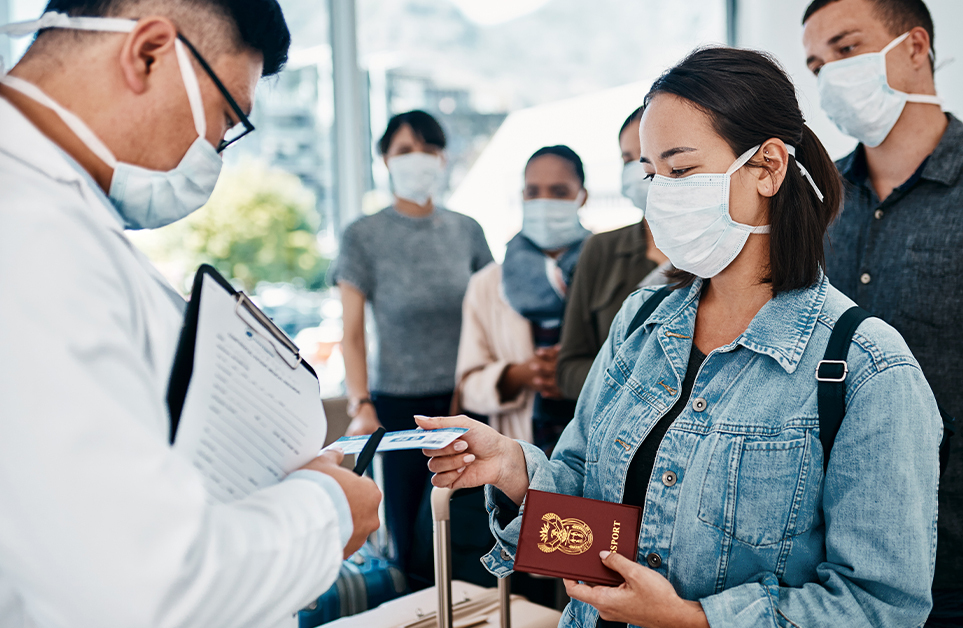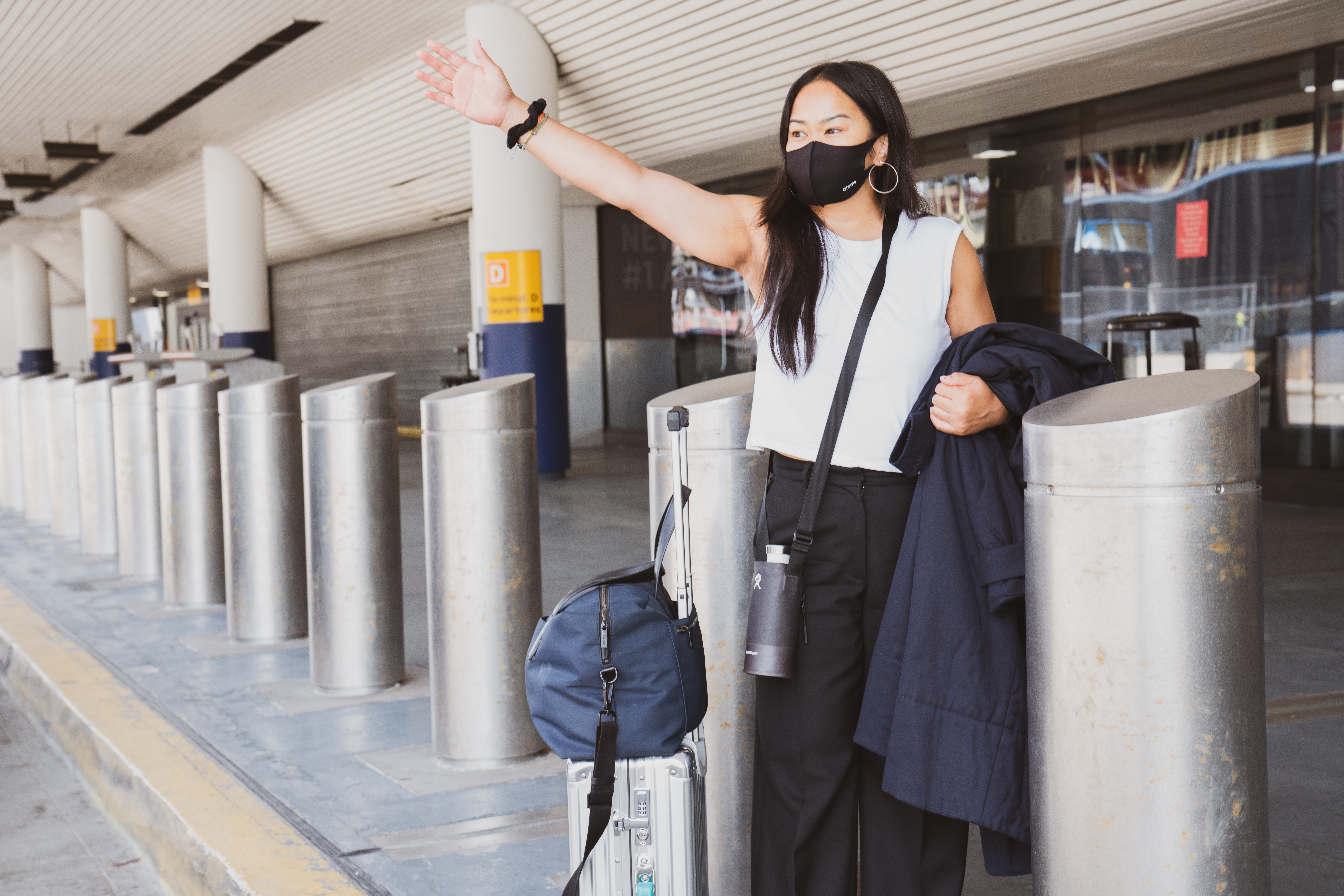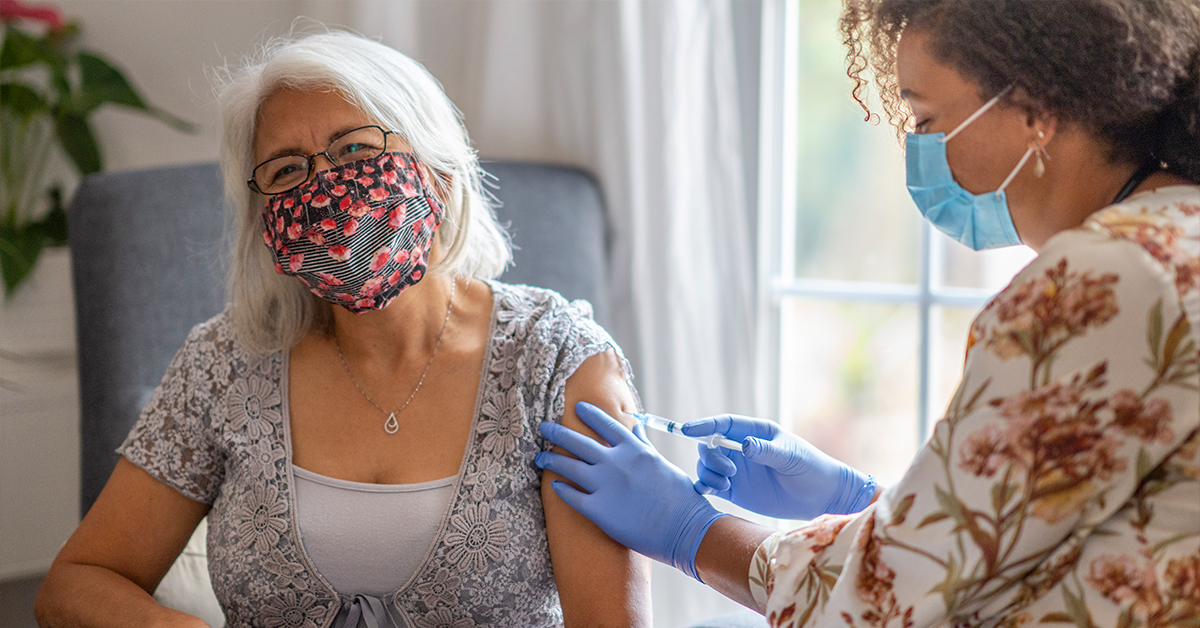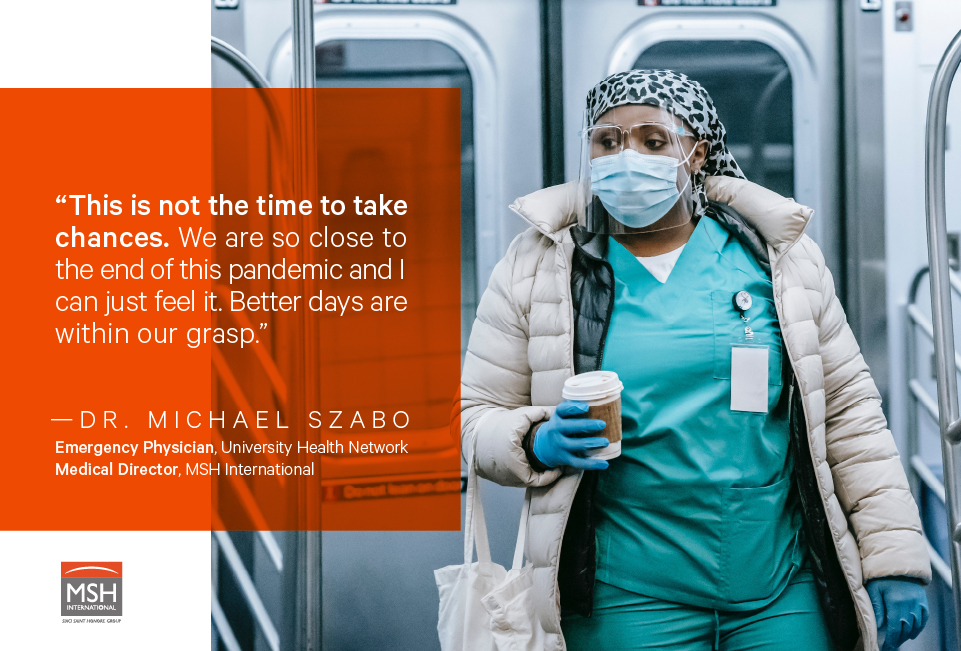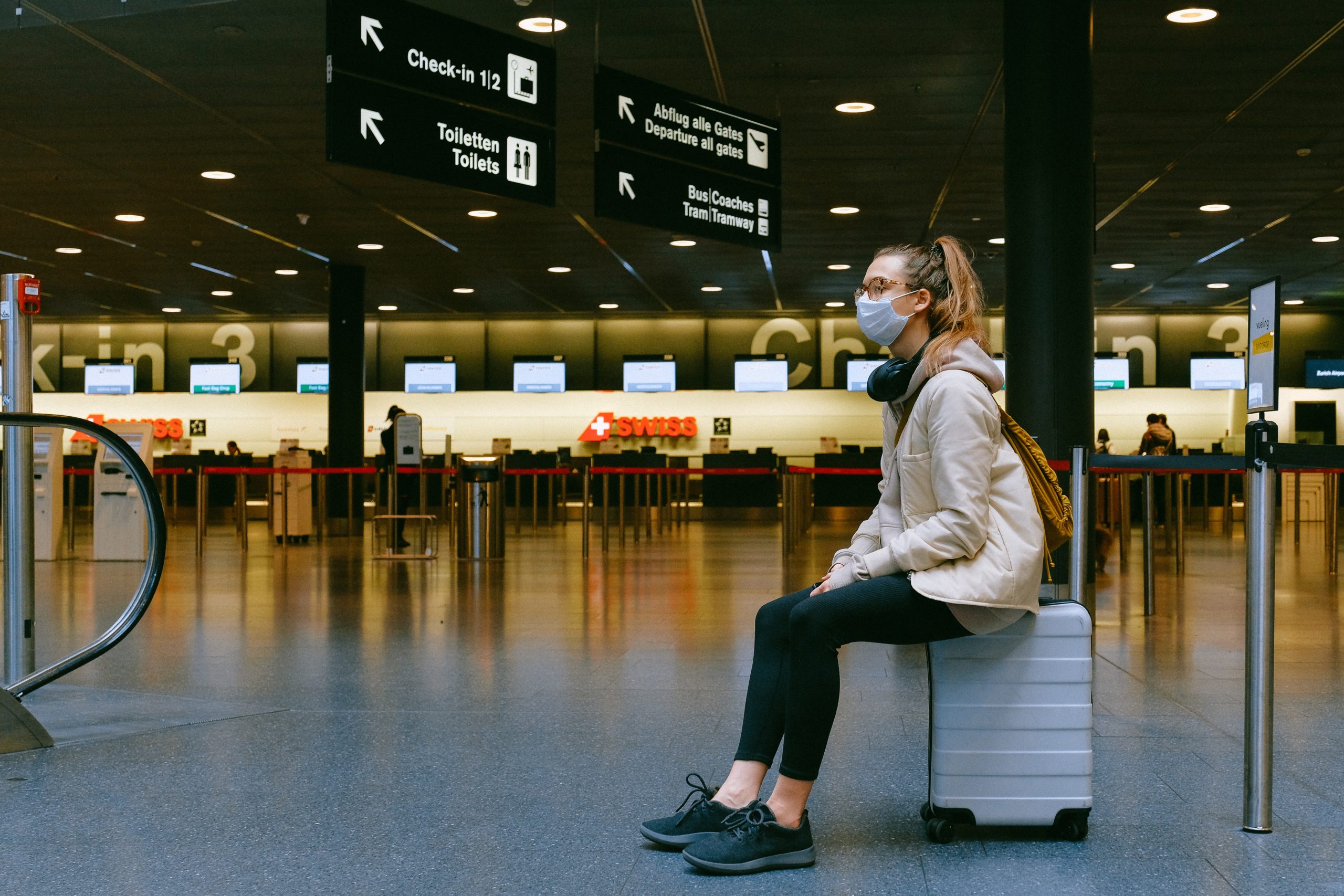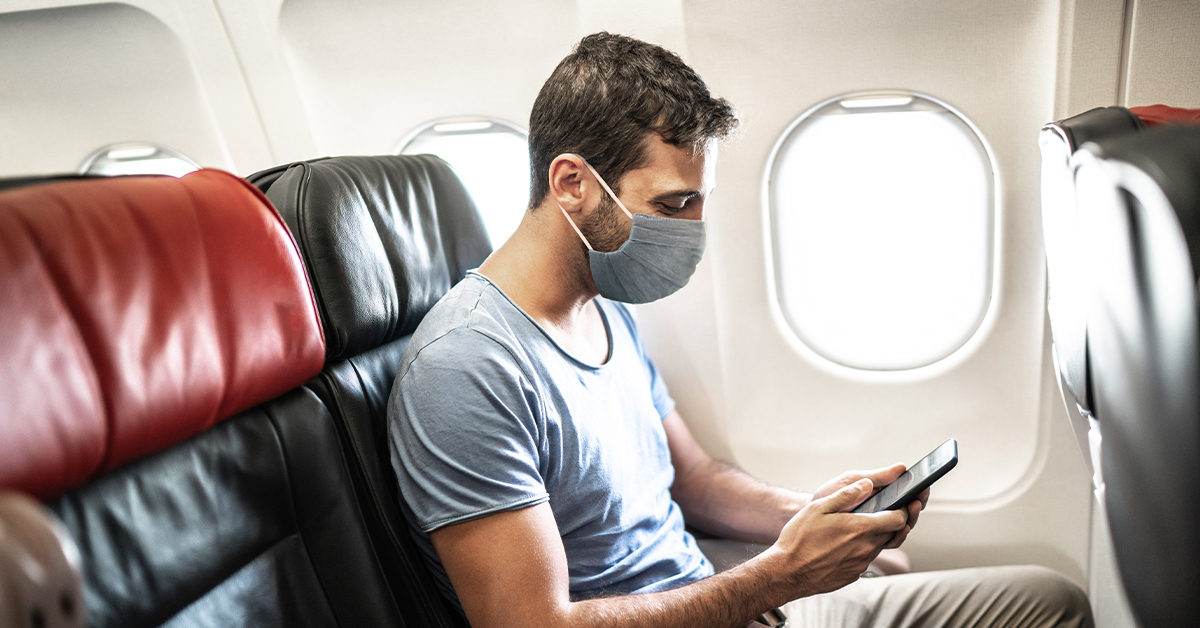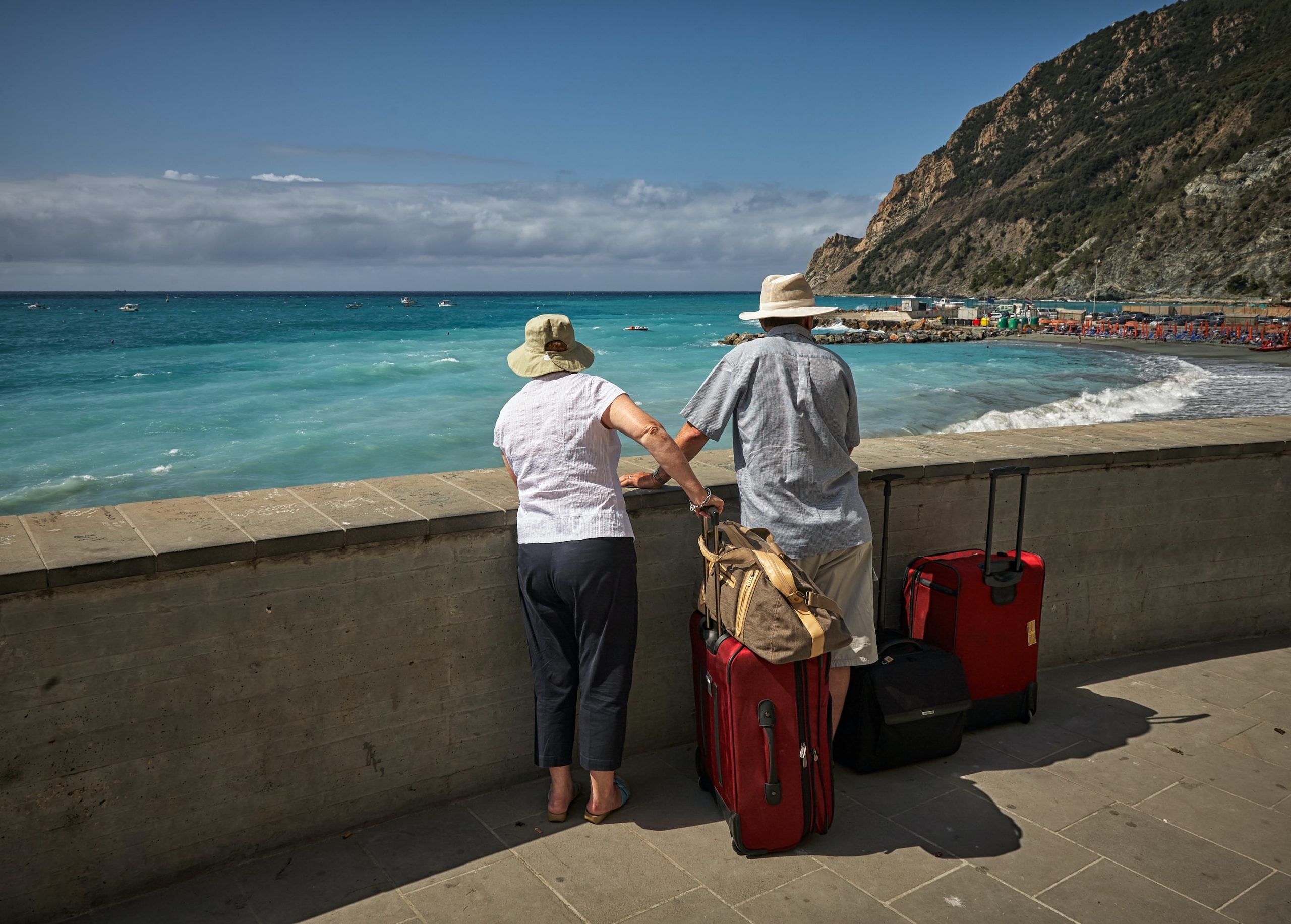While we wait patiently for international travel to reopen, there are important things we can do to restore confidence that we can travel safely and be well prepared to meet the challenges of a post-pandemic world. We’ll need to learn some new rules and brush up on some we may have forgotten.
For example: when was the last time you reviewed your passport to check out its expiration date?
Ten years can fly by more quickly than you realize and increasingly, border control agents are requiring at least six months of remaining passport eligibility before granting you visiting rights. And “granting” is the key word, because you have no inherent right to be allowed into any foreign country. You’re only granted that privilege by your hosts.
Some passports have more benefits than others
Fortunately, Canadian passports are among the most highly valued* in the world, allowing their holders visa-free or visa-on-arrival access to 183 countries worldwide. (*According to Henley Passport Index 2021, a leading passport analysis service which bases its ratings on data from the International Air Transport Association, Japanese passport holders have the top ranking at 191 countries, with UK and US passport holders at 185 countries. This data does not factor in COVID-related border restrictions or other short-term temporary border closures.)
More countries—particularly in Europe—are also requiring visitors to have proof of medical coverage consistent with EU standards (a minimum of €40,000 euros) and for the foreseeable future to also have COVID-related coverage in their travel insurance. In addition, the EU is working to develop a “vaccine passport” regimen that would allow people who have been vaccinated or have recovered from COVID, and who are demonstrably “safe” from further infection or risk of transmission, to cross borders more freely. They’re hoping to have some workable mechanism—perhaps even digital proof of immunity—ready for Europe’s summer tourism season.
According to The Times newspaper (UK), authorities in the Mediterranean country of Cyprus announced that as of May 1, vacationers who have had two doses of vaccine will be allowed entry without the need to quarantine or be tested on arrival.
Keep your documents safe—they’re valuable
If you’re planning travel and have been vaccinated, keep your vaccination certificate available with your passport when you travel, but store photocopies of it and your passport photo page in a safe place in case your originals are lost or stolen. That’s one of the downsides of having such valuable property.
Don’t expect the expected
Given the precipitous drop in leisure travel throughout 2020, don’t expect to re-enter the world of international travel—be it to London, Cyprus, Greece, Italy, Singapore, or Cancun—quite the way you left it the last time you were there.
With a year’s worth of travel vanquished, it will take time for hotels, tourism sites, open-air markets, restaurants, beach vendors, and other travel suppliers to re-stock, re-supply, re-hire, and re-emerge in top form. From a new survey of international travel produced by the Conference Board of Canada we can see how deeply those dependent on tourism worldwide have suffered.
Throughout 2020, Canadian arrivals in the UK and Europe dropped 86 per cent from 2019, and 65 per cent of those arrivals occurred in the first three months of the year, before the full impact of COVID hit. The story was repeated in Asia, Oceania, and the South Pacific—down 82 per cent. To the US: overnight auto trips were down 80 per cent (again, most of those in the first quarter). And to the Caribbean, Mexico, and Central America: the first two months of the current winter season (November and December 2020) saw just 103,000 trips, compared to 1.1 million arrivals in the comparable 2019 season.
The effect has been draining not only on travel suppliers (hotels, staff, ancillary services) but on Canadian consumers’ confidence in making future spending decisions—which, according to CBoC, still remains 25 per cent below its pre-pandemic level.
But confidence is built by performance. And given the light we see at the end of the tunnel now, perhaps it’s time to rebuild.
© Copyright 2021 Milan Korcok. All rights reserved.
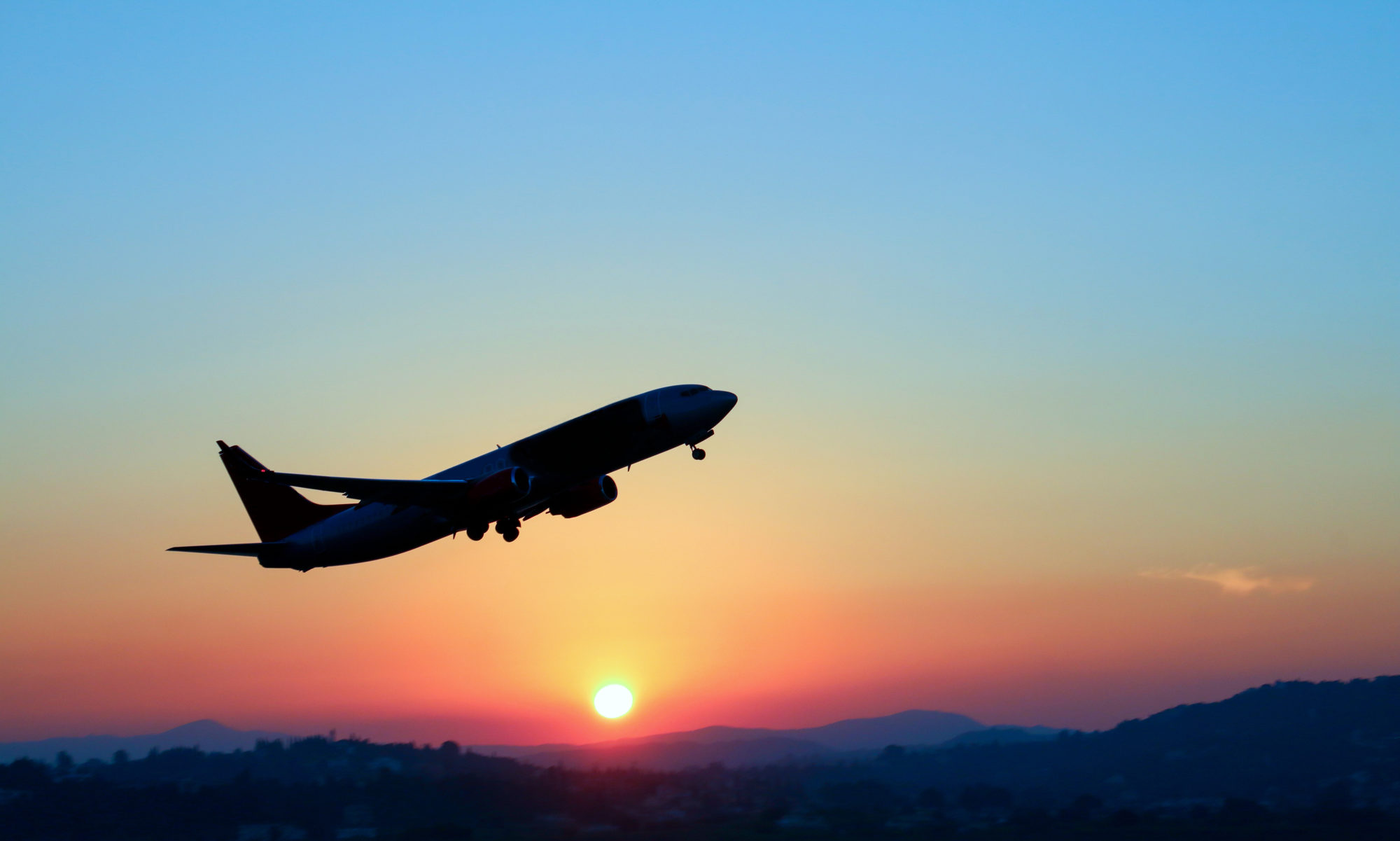
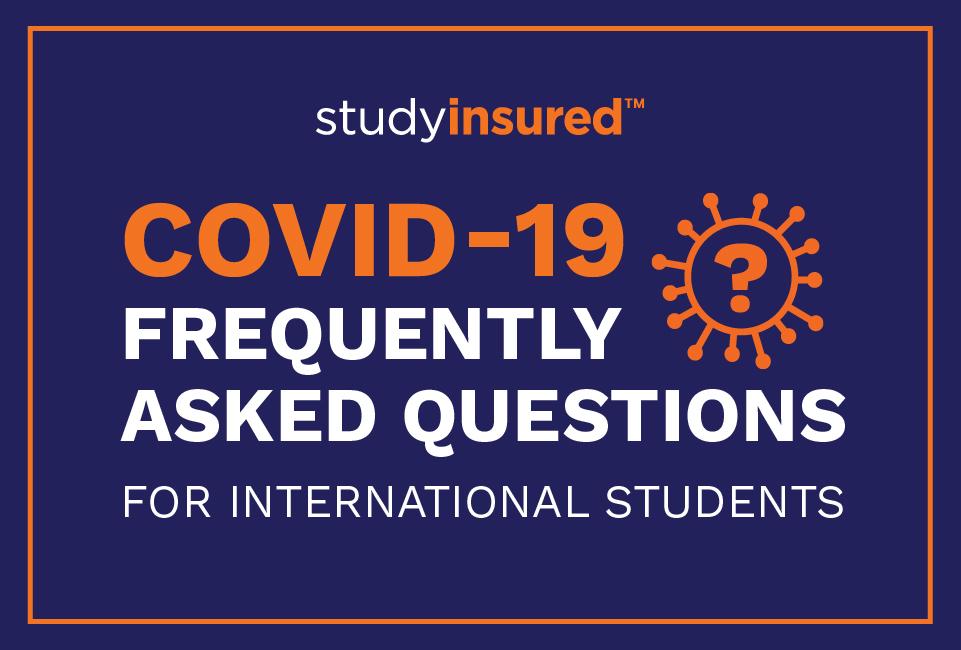
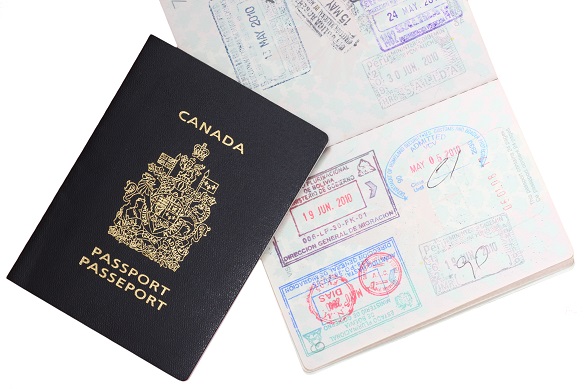
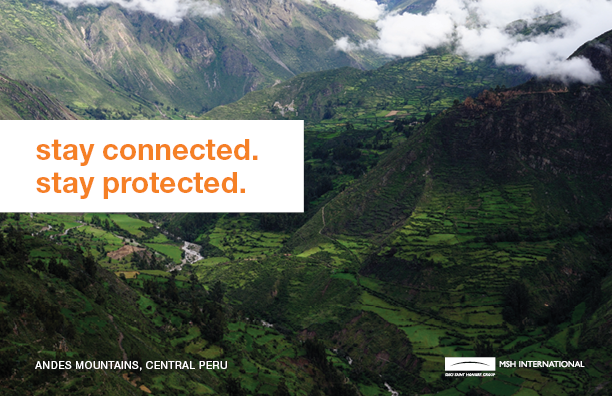
 Matthieu was hiking in a canyon in Peru when he fell several meters, fracturing his kneecap and elbow. “After 12 days in a local hospital, I was sent back to France where I spent 2 more weeks in the hospital and months getting physiotherapy,” he remembers. Matthieu’s hospitalization, repatriation, and rehabilitation expenses were all covered: “Without my MSH travel health insurance, it would have been a real nightmare. €16,000 for the hospital and €50,000 for my repatriation with two air ambulances – can you imagine?”
Matthieu was hiking in a canyon in Peru when he fell several meters, fracturing his kneecap and elbow. “After 12 days in a local hospital, I was sent back to France where I spent 2 more weeks in the hospital and months getting physiotherapy,” he remembers. Matthieu’s hospitalization, repatriation, and rehabilitation expenses were all covered: “Without my MSH travel health insurance, it would have been a real nightmare. €16,000 for the hospital and €50,000 for my repatriation with two air ambulances – can you imagine?”
